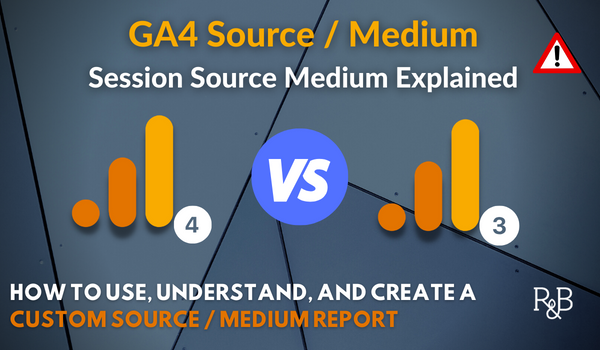Introducing the Influence of Second Dimension in Google Analytics on Data Analysis and Insights
In the world of data analytics, the use of second measurements within Google Analytics has emerged as a critical tool for drawing out deeper insights and unraveling complicated patterns that may or else remain covered. By peeling back the layers of key data sets, secondary measurements provide a nuanced perspective that enhances the understanding of user actions, site performance, and the effectiveness of marketing methods.
Checking Out the Idea of Additional Dimensions
Second measurements in Google Analytics offer additional understandings by enabling individuals to evaluate main information in combination with a secondary quality. By integrating second dimensions, customers can dig much deeper right into the data and uncover valuable connections that could otherwise go unnoticed - what is a secondary dimension in google analytics.
By exploring the numerous secondary measurements available in Google Analytics, customers can unlock new insights and enhance their electronic advertising initiatives. In essence, second dimensions serve as an effective device for enhancing data evaluation and driving actionable outcomes.
Enhancing Information Interpretation With Secondary Dimensions
Having actually established the fundamental understanding of second measurements in Google Analytics and their crucial function in data analysis, the focus now changes in the direction of leveraging these second attributes to improve the analysis of analytics data (what is a secondary dimension in google analytics). By integrating additional measurements into information analysis, experts can obtain much deeper understandings right into individual behavior, site efficiency, and advertising and marketing efficiency

Additionally, additional measurements assist in contextualizing key data metrics by giving added layers of info. This contextualization help in understanding the 'why' behind the information patterns, assisting experts make notified choices and optimizations to boost overall performance. Inevitably, incorporating additional dimensions improves the data interpretation procedure, bring about even more meaningful understandings and critical activities.
Revealing Hidden Insights Through Secondary Dimensions
Discovering the midsts of analytics information with additional dimensions reveals valuable insights that would or else stay covered. By integrating second dimensions in Google Analytics, companies can unearth hidden patterns, patterns, and correlations that supply a more comprehensive address understanding of individual habits and internet site performance. These extra layers of information permit analysts to dig much deeper into the key measurements, such as web traffic sources or touchdown pages, and obtain a much more nuanced viewpoint on just how various variables engage with each other.
Via the use of additional dimensions, experts can section and contrast information throughout numerous dimensions, enabling them to recognize certain aspects that influence customer involvement, conversion prices, and overall success metrics. By coupling the key dimension of 'gadget classification' with the second dimension of 'age group,' marketing experts can determine which age demographics prefer accessing the site with mobile devices versus desktops.
Leveraging Secondary Measurements for Actionable Analytics
Structure upon the understandings unveiled through additional dimensions in Google Analytics, businesses can now harness this enriched data landscape to drive actionable analytics and tactical decision-making. By leveraging secondary measurements, companies can delve much deeper into their data to extract beneficial patterns, trends, and relationships that might have previously gone unnoticed. This deeper degree of analysis enables services to acquire an extra extensive understanding of user behavior, campaign performance, and overall internet site effectiveness.
One key advantage of using second measurements for workable analytics is the ability to section data based upon specific criteria. This division permits organizations to customize their projects and approaches to various audience teams, leading to more targeted and effective advertising and marketing initiatives - what is a secondary dimension in google analytics. Additionally, additional dimensions offer an even more alternative sight of user interactions, enabling companies to maximize click over here their website web content, design, and total individual experience
Making The Most Of Decision-Making With Secondary Measurements
To improve calculated decision-making in analytics, leveraging secondary measurements in Google Analytics can give a much more nuanced point of view on user habits and project efficiency. By incorporating additional dimensions right into information evaluation, services can delve deeper into the specifics of their web site visitors' interactions and engagement patterns. This additional layer of info permits an extra detailed understanding of exactly how see various variables, such as demographics, devices, or traffic resources, impact crucial efficiency signs.

Final Thought
Finally, using secondary measurements in Google Analytics plays an essential role in boosting information evaluation and discovering hidden understandings. By discovering this principle, one can gain a deeper understanding of individual habits and make notified choices based upon workable analytics. Leveraging secondary dimensions enables for a more comprehensive analysis of data and makes the most of the efficiency of decision-making procedures.
